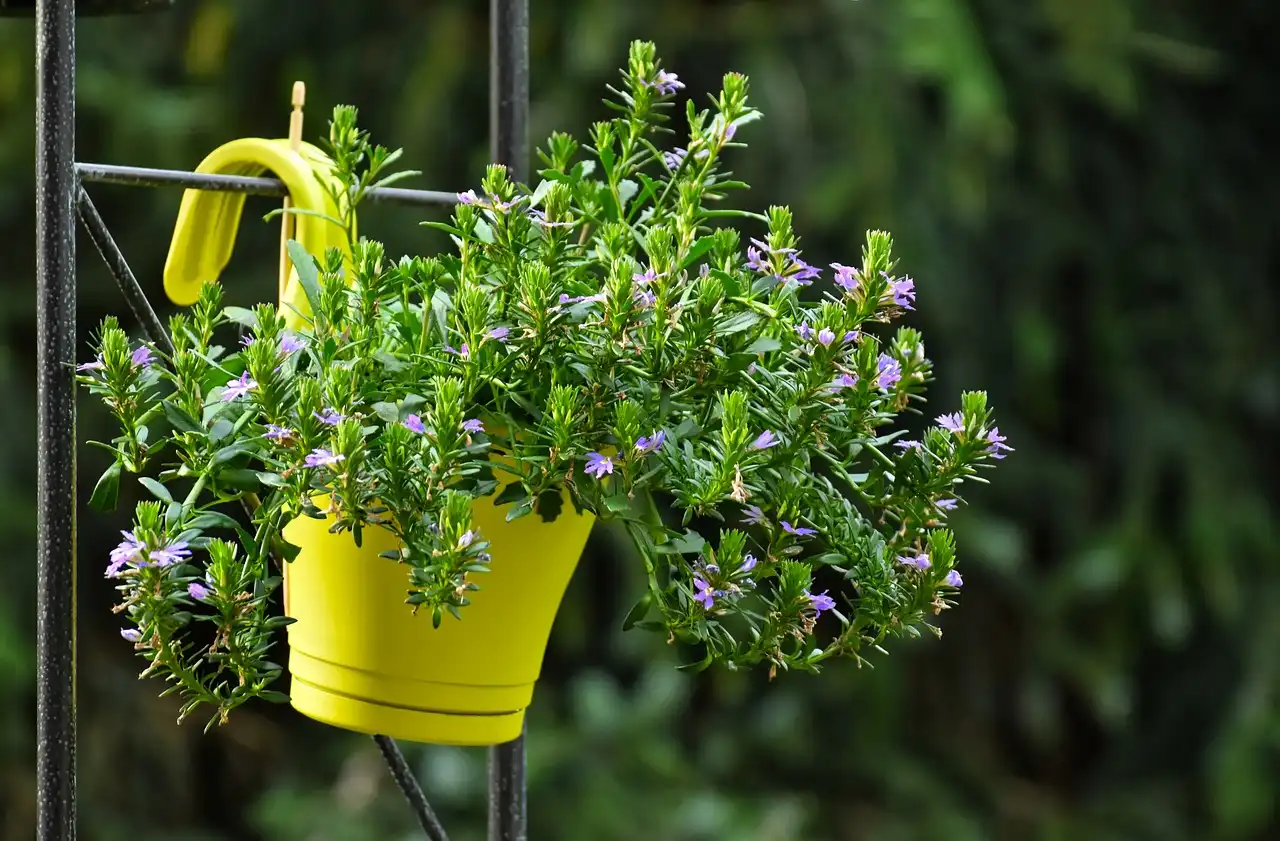Introduction:
Indoor plants can bring beauty, tranquility, and a touch of nature into our homes. However, even the most well-cared-for plants can encounter problems such as pests and diseases. Understanding how to identify and address these issues is crucial for maintaining the health and vitality of your indoor garden. In this article, we’ll explore some common indoor plant problems, including pests, diseases, and their solutions.
Identifying Pests:
Pests are a common nuisance for indoor plants and can wreak havoc if left unchecked. Some common indoor plant pests include aphids, spider mites, mealybugs, and fungus gnats. Signs of pest infestation may include visible insects on the plant, yellowing or wilting leaves, sticky residue on the leaves or stems, and distorted growth.
Solution:
To combat pests, start by isolating the affected plant to prevent the infestation from spreading to other plants. Depending on the severity of the infestation, you can use various methods to control pests, including:
- Manual Removal: Use a soft brush or cloth to gently remove pests from the plant.
- Insecticidal Soap: Spray the affected plant with a solution of insecticidal soap, which suffocates and kills pests on contact.
- Neem Oil: Neem oil is a natural insecticide that can help control a wide range of pests. Dilute neem oil according to the manufacturer’s instructions and spray it onto the affected plant.
- Biological Controls: Introduce beneficial insects such as ladybugs or predatory mites to prey on pest populations.
Identifying Diseases:
Indoor plants are also susceptible to various diseases, including fungal, bacterial, and viral infections. Common indoor plant diseases include powdery mildew, root rot, leaf spot, and botrytis. Symptoms of plant diseases may include discolored or spotted leaves, wilting, stunted growth, and mold or mildew growth on plant surfaces.
Solution:
To prevent and manage plant diseases, practice good hygiene and provide optimal growing conditions for your plants. Here are some tips for dealing with common plant diseases:
- Proper Watering: Avoid overwatering, as excessive moisture can create conditions favorable for fungal diseases such as root rot and powdery mildew.
- Proper Air Circulation: Improve air circulation around your plants by placing them in well-ventilated areas and using fans to promote airflow.
- Pruning: Remove affected plant parts promptly to prevent the spread of disease.
- Fungicides: Apply a fungicidal spray to affected plants to control fungal diseases. Be sure to follow the manufacturer’s instructions carefully.
Prevention:
Preventing pest and disease problems is often easier than treating them after they occur. To keep your indoor plants healthy and pest-free, follow these preventive measures:
- Quarantine New Plants: Before introducing a new plant to your indoor garden, quarantine it for a few weeks to monitor for signs of pests or diseases.
- Maintain Cleanliness: Keep your indoor garden clean by regularly removing dead leaves, debris, and fallen plant material.
- Monitor Plant Health: Keep a close eye on your plants for any signs of pest or disease infestation, and address issues promptly.
- Avoid Overcrowding: Space plants appropriately to prevent overcrowding, which can create conditions conducive to pest and disease development.
Conclusion:
By understanding how to identify and address common indoor plant problems, you can ensure the health and vitality of your indoor garden. With proper care and attention, you can enjoy the beauty of your indoor plants while minimizing the risk of pests and diseases.





